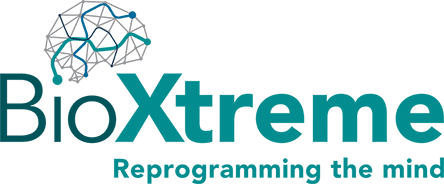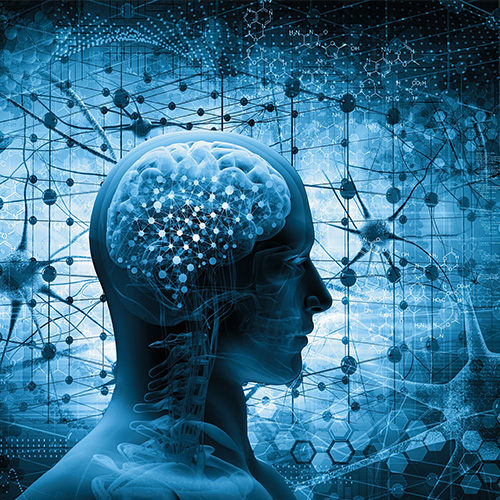Understanding Neuroplasticity and Brain Injury Recovery
In the intricate and evolving field of brain injury recovery, the concept of neuroplasticity has emerged as a beacon of hope. Neuroplasticity refers to the brain’s ability to reorganize itself by forming new neural connections throughout life. This ability is not just crucial for learning and memory but is also a pivotal factor in recovery from brain damage.
When a brain injury occurs, whether due to trauma, stroke, or other conditions, the neuronal pathways in the affected areas can be severely damaged. Traditionally, it was believed that the adult brain had a limited capacity to recover from such injuries. However, advancements in neuroscience have shown that the brain can rewire itself, compensating for lost functions or maximizing remaining functions. This adaptability, known as adaptive neuroplasticity, is at the heart of modern rehabilitation techniques.
The Role of Technology in Enhancing Neuroplasticity-Based Rehabilitation
The last decade has seen significant technological advances that leverage neuroplasticity for brain injury recovery. These technologies are designed to stimulate neural pathways, enhancing the brain’s natural recovery process.
Highlighting deXtreme™ by BioXtreme
A notable example of such innovation is the deXtreme™ robotic system developed by rehabilitation robotics med-tech company BioXtreme, based on Error Enhancement technology. This state-of-the-art technology exemplifies how harnessing neuroplasticity can lead to breakthroughs in rehabilitation. deXtreme™ utilizes a combination of robotics, virtual reality, AI, machine learning and advanced algorithms to create customized rehabilitation protocols for stroke patients.
1. Robotics and Virtual Reality Integration: deXtreme™ integrates robotics with virtual reality, providing patients with an immersive and interactive environment. This setup not only engages the patient more thoroughly but also allows for the simulation of real-life scenarios that can be crucial in retraining the brain.
2. Customized Rehabilitation Protocols: Leveraging advanced algorithms, deXtreme™ can adapt its rehabilitation protocols to the specific needs and progress of each patient. This personalization ensures that patients are constantly challenged and that the therapy remains effective throughout the recovery process.
3. Real-Time Feedback and Adaptation: The system provides real-time feedback to both patients and therapists. This feature is essential for tracking progress and making immediate adjustments to the therapy protocol, ensuring that the rehabilitation process is dynamic and responsive to the patient’s evolving needs.
The Future of Neuroplasticity-Based Rehabilitation
The integration of advanced technologies like deXtreme™ in neuroplasticity-based rehabilitation represents a significant leap forward. It opens up new possibilities for patients who have suffered brain injuries, offering more efficient and effective recovery paths.
However, the journey does not end here. Continuous research and innovation are required to further refine these technologies, collaboration between neuroscientists, engineers, and healthcare professionals is crucial in this endeavor, ensuring that the potential of neuroplasticity is fully realized in the realm of brain injury recovery.
In conclusion, the interplay between neuroplasticity, technological advancements and robotics like deXtreme™ offers a promising future for those recovering from brain injuries. By harnessing the brain’s inherent ability to adapt and heal, we can offer hope and improved quality of life to many who face the challenges of brain injury. As our understanding and technology evolve, so too does our capacity to unlock the remarkable healing potential of the human brain.

